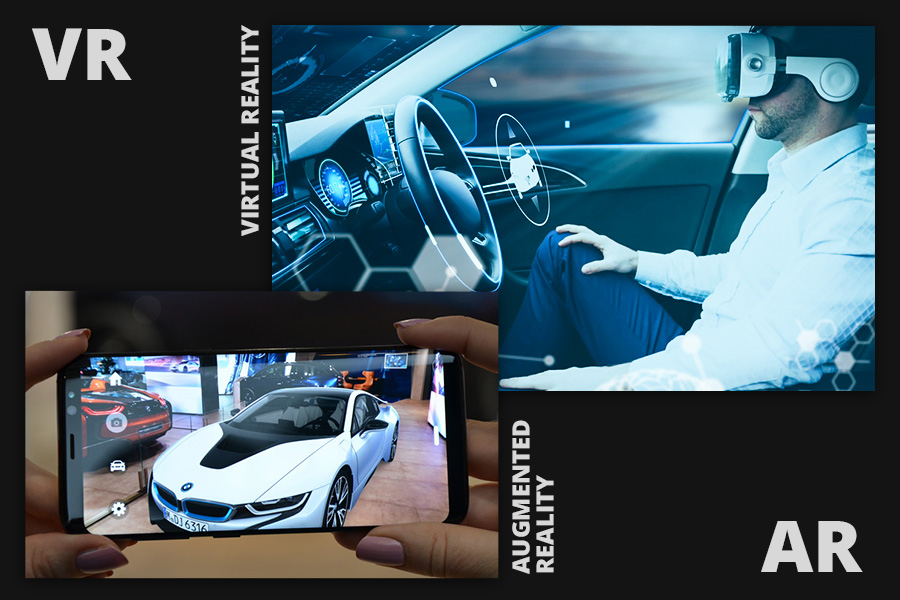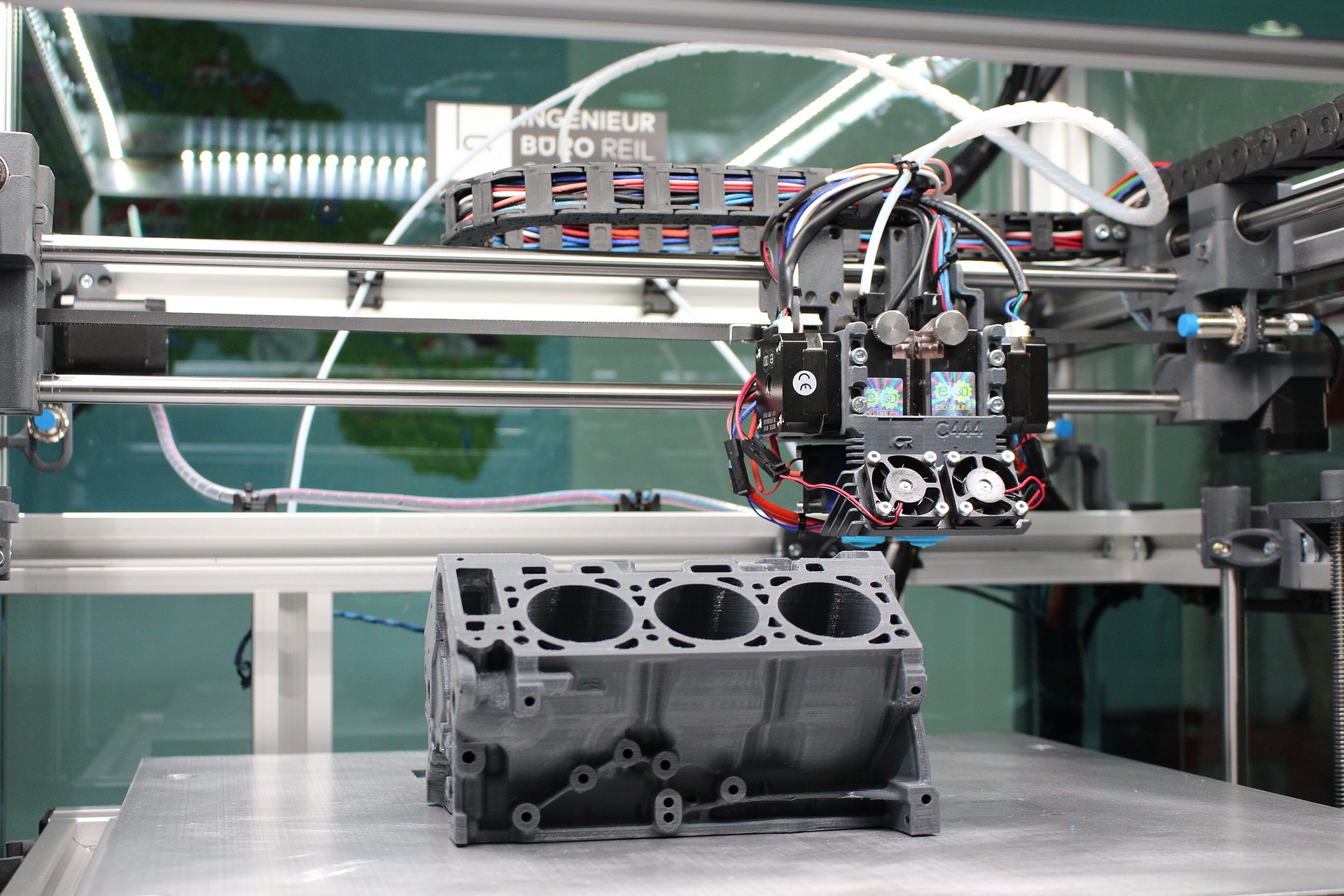.jpg)
Introduction
From the last century, the automobile industry is continuously progressing and transforming. But in the last five years, AI in automotive industry has created a revolution. Automotive industry is more thriving than in the last two decades. The automotive industry is undergoing a rapid transformation due to artificial intelligence (AI), which is changing how we drive, commute, and interact with cars. AI-powered technology, such as self-driving cars and intelligent driver assistance systems, are making cars safer, more intelligent, and more efficient.
Modern cars are now sophisticated traveling companions rather than merely machines thanks to advancements in AI-driven infotainment systems, predictive maintenance, and autonomous driving. Artificial intelligence in automotive industry is being extensively invested in by automakers and tech firms to increase car safety, boost fuel economy, and offer a smooth driving experience.
Autonomous Driving: The Future of Mobility
One of the most revolutionary developments in the automobile sector is autonomous driving, which has the potential to completely change how we travel. Because AI facilitates real-time decision-making, increases road safety, and lowers human error, it is essential to self-driving cars. We are getting closer to a time when completely driverless cars will be commonplace as technology develops.
Self-driving cars can now assess their environment, make decisions, and respond instantly thanks to artificial intelligence. Among the essential AI-powered elements are:
- Computer Vision
- Sensor Fusion
- Machine Learning Algorithms
There are many automotive companies using AI in automotive manufacturing for giving extra value to customers. These companies included Tesla, Waymo, GM cruise, Mercedes benz and BMW. They mostly prefer to work on autopilot and full Self-Driving (FSD), and the integrating ai-driven assistance features in luxury vehicles.
AI-Powered Driver Assistance Systems
AI-powered Driver Assistance Systems (ADAS) are already boosting road safety and driving experiences, even though fully autonomous vehicles are still in the development stage. These technologies help drivers, lessen human error, and stop accidents by utilizing AI, sensors, and real-time data analysis.
There are below some key ai-driven driver assistance features;
-
Key ai-driven driver assistance features - automatically modifies speed in response to traffic patterns.
- Lane departure warning & lane keeping assist - uses computer vision to identify inadvertent lane deviation.
- Automatic emergency braking (AEB) - brakes if the driver doesn't respond quickly enough.
- Blind spot monitoring & collision avoidance - In order to avoid collisions, some systems even steer the vehicle.
- Traffic sign recognition - assists drivers in adhering to rules and avoiding penalties.
- AI-powered parking assistance - Some vehicles offer fully autonomous parallel and reverse parking.
AI in Vehicle Manufacturing and Design
AI is transforming the design and manufacture of automobiles, increasing production's inventiveness, efficiency, and cost-effectiveness. AI-driven robotics is essential to manufacturing since it allows for highly accurate vehicle assembly. Tasks like welding, painting, and part assembly are performed by automated robots, which increase productivity and decrease human error. By evaluating real-time data, guaranteeing seamless operations, and reducing downtime, AI-powered predictive maintenance also assists manufacturers in preventing equipment breakdowns.
AI-powered vision systems that can identify even the slightest flaws in parts and finished goods have also improved quality control. These devices raise manufacturing standards by detecting paint, structural integrity, and part alignment irregularities using machine learning algorithms. AI has a big impact on car design in addition to production. Engineers may swiftly develop and test several design iterations using generative design algorithms, which results in automobiles that are more fuel-efficient and aerodynamic. Traditional wind tunnel testing is replaced with AI-powered simulations, which allow for performance assessments and virtual crash tests without the need for real prototypes. This speeds up the innovation process while simultaneously lowering development costs.
AI has a big impact on car design in addition to production. Engineers may swiftly develop and test several design iterations using generative design algorithms, which results in automobiles that are more fuel-efficient and aerodynamic. Traditional wind tunnel testing is replaced with AI-powered simulations, which allow for performance assessments and virtual crash tests without the need for real prototypes. This speeds up the innovation process while simultaneously lowering development costs.
The Future of AI in the Automotive Industry
AI in the automotive sector is set to make revolutionary strides in the future that will change how cars function, engage with their surroundings, and assist drivers. The ongoing development of completely autonomous vehicles is one of the most intriguing trends. Self-driving cars will be able to navigate increasingly complicated and dynamic settings without human assistance as AI technology advances. In addition to altering how we drive, this development will open the door for autonomous ride-sharing fleets and the movement of products, where human drivers will be less necessary due to the vehicles' safe and effective operation.
Furthermore, the way cars interact with urban infrastructure will change when AI is incorporated into smart cities. Real-time data interchange between automobiles, traffic lights, road signs, and even pedestrians will be made possible by vehicle-to-everything (V2X) connectivity.
Conclusion
AI is quickly changing the automotive sector by fostering technologies that increase the intelligence, safety, and efficiency of automobiles. The future of driving is getting smarter, from driver assistance systems powered by AI that improve safety and comfort to autonomous driving that promises to transform mobility. With smarter factories and more creative automobile designs emerging, we may anticipate that vehicle manufacturing and design will become more efficient and sustainable as AI develops.
A more effective, secure, and integrated transportation ecosystem will be produced by the combination of AI with smart cities and connected infrastructure, where automobiles and urban infrastructure operate in unison. Each ride will become increasingly customized to meet the demands of each individual as AI improves personalization and user experience, providing unmatched ease.

.png)
.png)


Leave your thought here
Your comments are valuable for us. Required fields are marked *